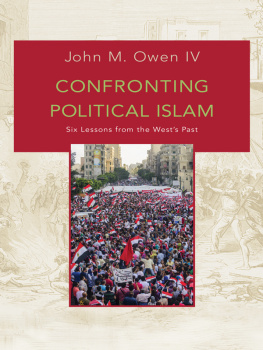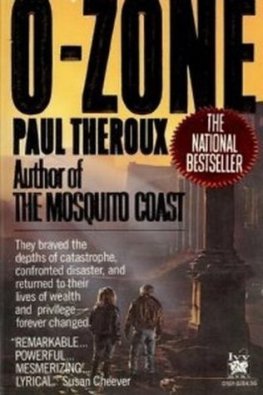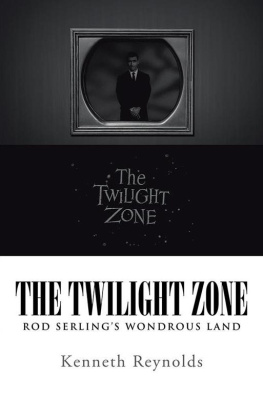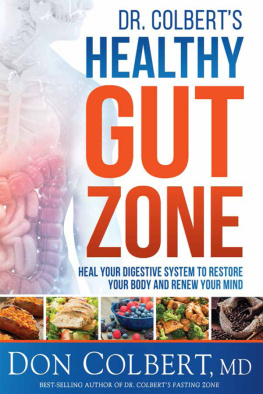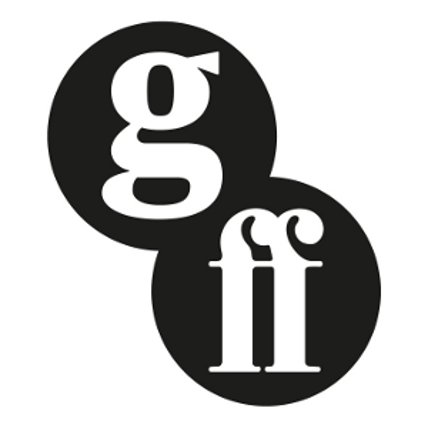Id been watching Amy for almost an hour when she finally moved. She had been sleeping when I arrived at her bedside in a small Canadian hospital a few miles from Niagara Falls. It seemed unnecessary, even a little rude, to wake her. I knew there was little point in trying to assess vegetative-state patients when they are half-asleep.
It wasnt much of a movement. Amys eyes flicked open; her head came up off the pillow. She stayed that way, rigid and unblinking, her eyes roving around the ceiling. Her thick dark hair was cropped short, but perfectly styled, as though someone had been working on it only moments earlier. Was this sudden movement simply the result of automatic firing of the neural circuitry in her brain?
I peered into Amys eyes. All I saw was emptiness. That same deep well of emptiness that I had seen countless times before in people who, like Amy, were thought to be awake but unaware. Amy gave nothing back. She yawned. A big openmouthed yawn, followed by an almost mournful sigh as her head collapsed back onto the pillow.
Seven months after her accident, it was hard to imagine the person Amy must once have beena smart college-varsity basketball player with everything to live for. Shed left a bar late one night with a group of friends. The boyfriend shed walked out on earlier that evening was waiting. He shoved her and she toppled, slamming her head on a concrete curb. Another person might have walked away with a few stitches or a concussion, but Amy was not so lucky. Her brain hit the inside of her skull. It pulled from its moorings. Axons stretched and blood vessels tore as ripples of shock waves lacerated and bruised critical regions far from the point of impact. Now Amy had a feeding tube surgically inserted into her stomach that supplied her with essential fluids and nutrients. A catheter drained her urine. She had no control over her bowels, and she was in diapers.
Two male doctors breezed into the room. What do you think? said the more senior of the two, looking straight at me.
I wont know unless we do the scans, I replied.
Well, Im not a betting man, but Id say shes in a vegetative state! He was upbeat, almost jovial.
I didnt respond.
The two doctors turned to Amys parents, Bill and Agnes, whod been patiently sitting while I observed her. A good-looking couple in their late forties, they were clearly exhausted. Agnes gripped Bills hand as the doctors explained that Amy didnt understand speech or have memories, thoughts, or feelings, and that she couldnt feel pleasure or pain. They gently reminded Bill and Agnes that she would require round-the-clock care for as long as she lived. In the absence of an advanced directive stating otherwise, shouldnt they consider taking Amy off life support and allowing her to die? After all, isnt that what she would have wanted?
Amys parents werent ready to take that step and signed a consent form to allow me to put her in an fMRI scanner and search for signs that some part of the Amy they loved was still there. An ambulance shuttled Amy to Western University in London, Ontario, where I run a lab that specialises in the assessment of patients who have sustained acute brain injuries or suffer from the ravages of neurodegenerative diseases such as Alzheimers and Parkinsons. Through incredible new scanning technology, we connect with these brains, visualising their function and mapping their inner universe. In return, they reveal to us how we think and feel, the scaffolding of our consciousness, and the architecture of our sense of selfthey illuminate the essence of what it means to be alive and human.
Five days later I walked back into Amys room, where I found Bill and Agnes by her bedside. They looked up at me expectantly. I paused for a moment, took a deep breath, and then gave them the news that they hadnt allowed themselves to hope for:
The scans have shown us that Amy is not in a vegetative state after all. In fact, shes aware of everything.
After five days of intensive investigation we had found that Amy was more than just aliveshe was entirely conscious. She had heard every conversation, recognised every visitor, and listened intently to every decision being made on her behalf. Yet she had been unable to move a muscle to tell the world, Im still here. Im not dead yet!
*
Into the Grey Zone is the story of how we figured out how to make contact with people such as Amy, and the profound effects for science, medicine, philosophy, and law of what has become a new and rapidly evolving field of inquiry. Perhaps most important, we have discovered that 15 to 20 per cent of people in the vegetative state who are assumed to have no more awareness than a head of broccoli are fully conscious, although they never respond to any form of external stimulation. They may open their eyes, grunt and groan, occasionally utter isolated words. Like zombies, they appear to live entirely in their own world, devoid of thoughts or feelings. Many really are as oblivious and incapable of thought as their doctors believe. But a sizable number are experiencing something quite different: intact minds adrift deep within damaged bodies and brains.
The vegetative state is one realm in the shadowlands of the grey zone. Coma is another. Comatose people do not open their eyes and look completely unaware. In the Disney version of Sleeping Beauty (which most parents know all too well), Auroras condition resembles coma, akin to a bewitched slumber. In real life, the picture is far less romantic: disfiguring head injuries, contorted limbs, broken bones, and wasting illnesses are the norm.
Some people in the grey zone can signal that theyre aware. Referred to as minimally conscious, they occasionally respond to requests to move a finger or track an object with their eyes. They seem to fade in and out of awareness, occasionally emerging from some deep pool of oblivion, breaking the surface and signalling their presence before sinking back into the murky depths.
Locked-in syndrome is not technically a grey-zone state, but it is close enough to give us insight into what life might be like for some of the people we scan. Locked-in people are fully conscious and can typically blink or move their eyes. Jean-Dominique Bauby, French editor of Elle magazine, was a famous example of someone locked in. A massive stroke left him permanently paralysed except for the ability to blink his left eye. With the help of an assistant and a writing board, he composed The Diving Bell and the Butterfly, a memoir, which took two hundred thousand blinks to complete.
Bauby vividly recounted his experience: My mind takes flight like a butterfly. There is so much to do. You can visit the woman you love, slide down beside her and stroke her still-sleeping face. You can build castles in Spain, steal the Golden Fleece, discover Atlantis, realise your childhood dreams and adult ambitions. Of course, this is Baubys butterfly: the mind unbound, unconstrained by physicality or responsibility, free to flit here and there. But Bauby was also locked inside the diving bell, an iron chamber from which there is no escape and which sinks ever deeper into the abyss.
Back at Amys bedside a few days after her fMRI scans, I again sat watching her closely, desperately wanting to know what she was thinking and feeling. All of those convulsive movements and spasmodic gurgles. Was her experience like Baubys? Had she entered Baubys imaginative realm of freedom and possibility? Or was her inner world an excruciating prison from which there was no escape?



